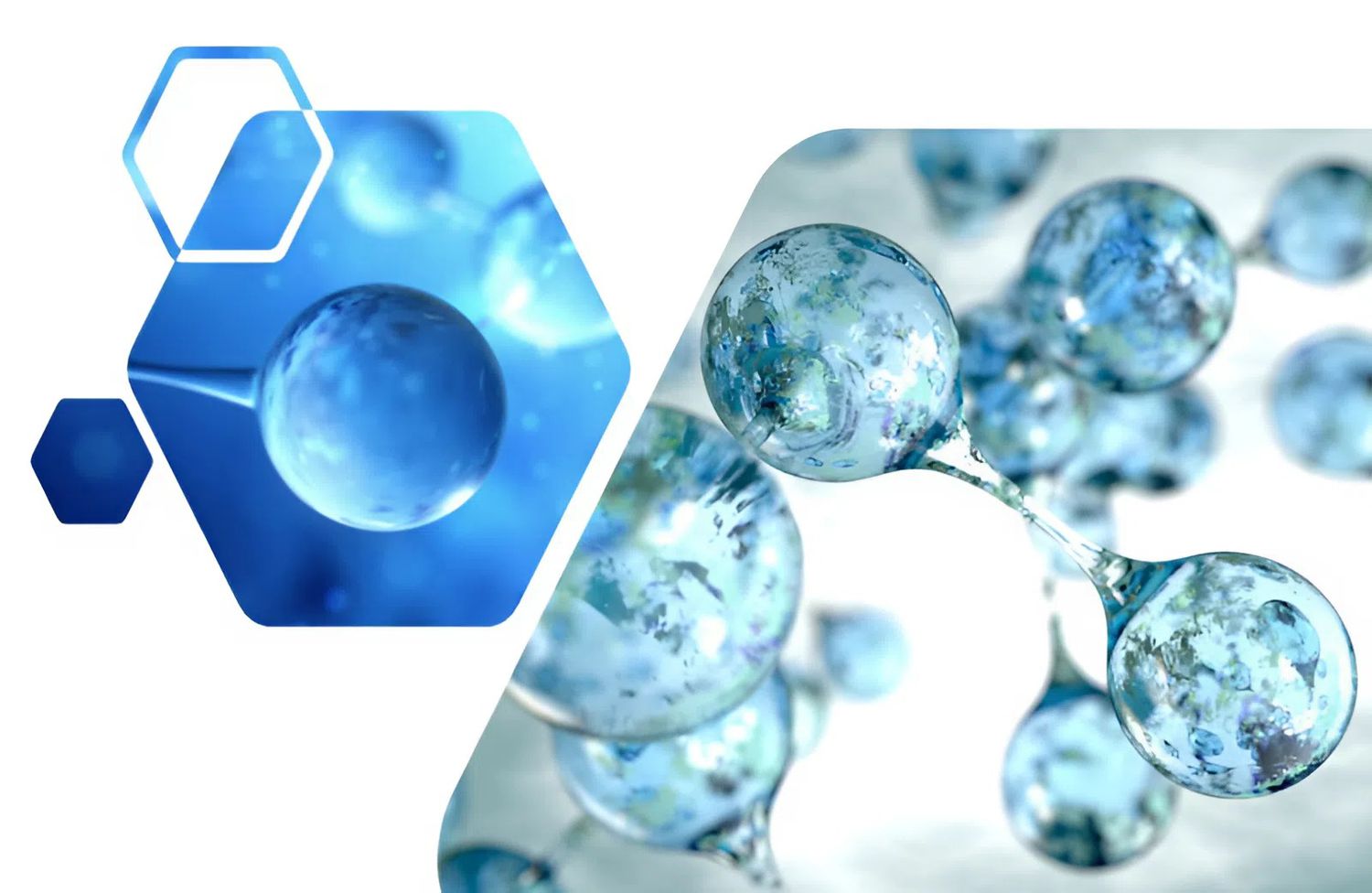ORP meter HANNA
What is ORP and why is it important?
Today, as people pay more attention to health and longevity, many studies have shown that the ORP value in water and food has a significant impact on the body. In particular, those with ORP values ranging from -200mV to -800mV are often considered beneficial to health. So, what exactly is ORP, and why does it matter?
The nature of ORP

ORP (Oxidation Reduction Potential), commonly known as oxidation-reduction potential, is a value that represents the oxidizing or reducing ability of a substance, measured in millivolts (mV).
You can also read: What ORP level in water is good for health?
This value indicates whether a substance tends to gain or lose electrons in chemical reactions.
In nature as well as in the human body, electron exchange processes occur continuously.
Substances that lack electrons tend to take electrons from others and are called oxidizing agents.
Conversely, substances with excess electrons that can donate them to neutralize others are called reducing agents or antioxidants.
A substance with a positive ORP (≥ 0mV) is considered an oxidizing agent, while a negative ORP (≤ 0mV) indicates reducing ability, meaning antioxidant capacity.
ORP in water and food
After understanding the concept of ORP, the next step is to consider this value in water and food.
Each type of food or beverage has a different ORP value.
If the ORP is positive, it indicates oxidizing properties.
If the ORP is negative, it contains antioxidants that help neutralize free radicals, support cell regeneration, and protect the body.
Fresh fruits and vegetables, especially those with dark green or rich colors, along with hydrogen-rich alkaline ionized water, usually have negative ORP values considered abundant natural antioxidant sources.
Why supplement antioxidants (negative ORP)?
Inside the body, oxidation reactions occur continuously. When the amount of oxidizing agents exceeds a certain level, they attack cells and accelerate aging. Visible signs include dry, dull skin, wrinkles, age spots, and gradual body fatigue.
Modern environments with pollution, ultraviolet rays, and unsafe food make it difficult for the body’s natural antioxidant system to maintain balance. When this happens, oxidation processes become stronger, causing long-term health effects.
Supplementing antioxidants (negative ORP) helps the body neutralize free radicals, minimize cellular damage, and slow down the aging process.
Conversely, consuming too many substances with positive ORP means adding more oxidizing elements, accelerating cell damage.
How to effectively supplement antioxidants
The body can rebalance ORP levels through two simple yet effective methods:
1. Supplement through natural foods
Some antioxidant-rich foods can be easily added to your daily diet, such as:
Berries (blueberries, strawberries, purple grapes): rich in vitamin C and polyphenols that help neutralize free radicals.
Dark green vegetables and broccoli: rich in carotenoids and plant-based antioxidant compounds.
Whole grains (brown rice, barley): contain B vitamins and phenolic compounds that strengthen the immune system.
Legumes: provide plant-based protein and flavonoids, compounds with high antioxidant capacity.
2. Drink hydrogen-rich alkaline ionized water
Alkaline ionized water is produced by electrolysis, separating water into two parts: alkaline water at the cathode and acidic water at the anode.
The alkaline ionized water contains molecular hydrogen (H₂), a substance with strong antioxidant capacity that helps neutralize free radicals quickly.
In addition, this type of water has small molecules, is rich in natural minerals, easy to absorb, and helps maintain an alkaline environment in the body.
Monitoring ORP with specialized measuring devices
To effectively control oxidation-reduction processes, ORP values should be regularly measured and monitored using specialized instruments.
Common devices include:
- ORP electrodes for automated measurement systems or laboratory use.
- ORP calibration solutions to ensure accuracy and stability during long-term use.
In many applications such as industrial water treatment, swimming pools, aquaculture, or laboratories, continuous monitoring of ORP values helps detect fluctuations early and make timely adjustments, ensuring stable and efficient operation.
-
-
-
-
-
-
-
-
-
-
-
-
-
-
-
-
-
-
-
-
-
-
-
-